How does the mind-brain problem apply to the domain of artificial intelligence? Satyen K. Bordoloi finds out
Scientists in China have breached another scientific milestone with regard to the physical infrastructure of Artificial Intelligence. A South China Morning Post article reported that Chinese scientists have been able to run an artificial intelligence model as sophisticated as the human brain on their most powerful supercomputer, the Sunway.
The team used the Sunway machine to train an AI model called bangualu (alchemist’s pot) with 174 trillion parameters which are more than the number of synapses believed to be in the brain. This is a first for the world.
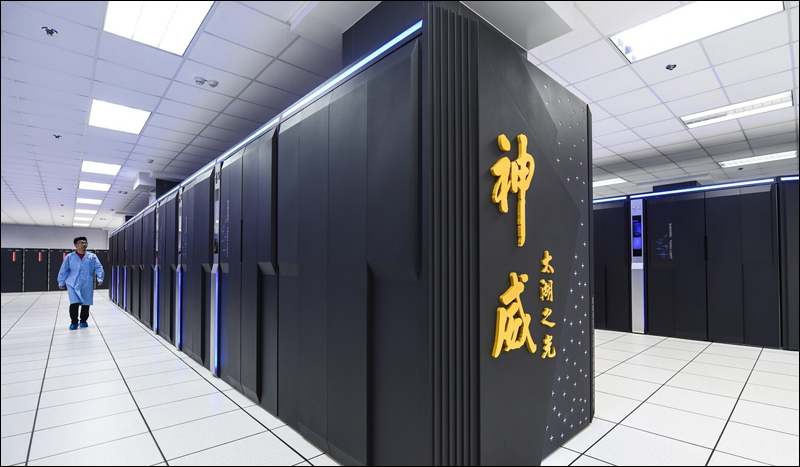
It is said to have a speed of a billion-billion operations per second, up to 5.3 floating-point operations per-second i.e., 5.3 exaFLOPS or 5.3 quintillion floating point operations per second. Though there is no clear consensus, it is believed that the human brain can do a billion-billion operations per second. The Sunway system does this exascale computing with the help of over 37 million CPU cores – which was four times more than the US Department of Energy’s Frontier, which was christened the world’s most powerful supercomputer in early June.
The system has a memory of 9 pentabytes which could store over two million DVD-quality movies. Communication between 96,000 semi-independent computer systems called nodes, was at a speed of more than 23 pentabytes per second. This, a researcher said, was parallel computing ability equal to human thinking ‘like eating while watching television.’
The potential uses of such an AI system are obviously immense, from solving unsolved mathematical problems to finding new medicines and protein folds, working on natural language processing, and who knows even in self-driving cars someday and then beyond.
As expected, this piece of news has generated a lot of buzz across the world, the most significant of which is that a silicon human brain has finally been created. However, this myth may be further from the truth than most other myths surrounding AI.
First is the obvious fact that this is indeed a significant development in terms of Artificial Intelligence capabilities. Right now, it is in a lab, a sort of working model prototype, but if made scalable, China would become the nation with the world’s most powerful Artificial Intelligence systems running their projects.
This is tremendous power and complexity that is comparable with the human brain which has over 1014 synapses. And like every other invention, AI can be used both for good and bad. Though there are reasons to believe that China is playing the ‘my-AI-is-bigger-than-your-AI-game’ right now as this announcement comes within weeks of a US computer being labeled the fastest supercomputer in the world, the rest of the world can only hope that China harnesses its power for the good of all humanity.
Secondly, this will create a problem of perception. Already, there is a lot of buzz around AI becoming self-aware, with a google researcher literally thinking it has come alive. To many who do not know, this will seem like humans have finally created the human brain on silicon. From a technical, numeric point of view i.e. the number of synapses in the brain, this would seem to be true. It would also be true from the point of view of how many calculations it can perform.
What is not true, however, is that merely copying the number of the brain’s synapses will somehow automatically lead to a human brain or consciousness.
The first point to remember is that that thing on top of our shoulders has two things: the physical brain and what that brain conjures – the metaphysical mind.
Even if we have created a replica of the human mind on silicon, would that naturally lead to a mind or consciousness? That is the billion dollar question here, whose answer this model will not answer for one simple reason: even neuroscientists do not yet know the full intricacies of how the human brain works, and how its various parts interact.
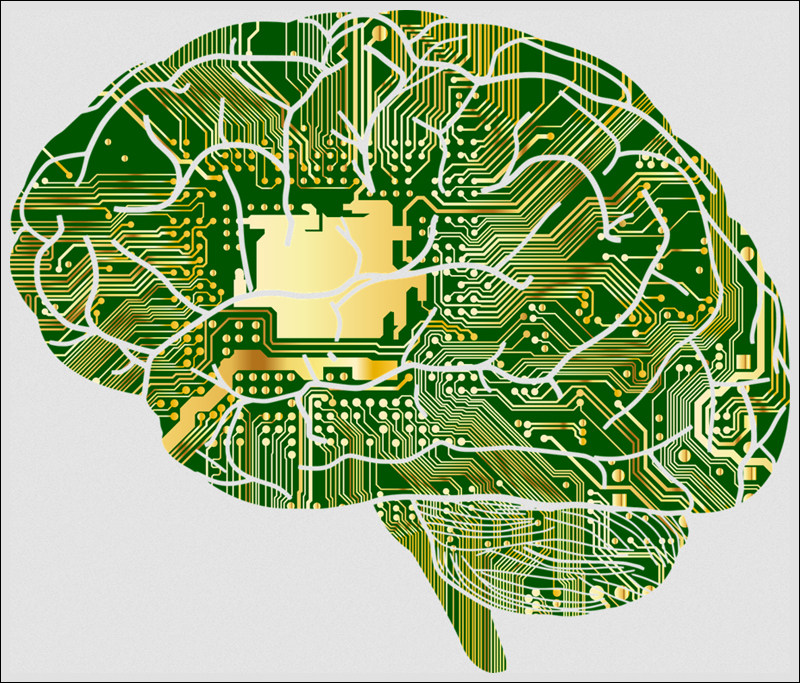
How little we know about our brains is absurd. Firstly, each node or connection in our brains is unlike any in a computer: they are alive with each node having a proverbial mind of its own. Secondly, the human brain does its 1 exaFLOP calculations per second – unlike the hundreds of thousands of watts of power for any computer system anywhere – on just 20 watts of power. We don’t have the slightest clue how.
The knowledge about what the human brain has and how it operates is still a work in progress that will take decades, if not centuries, to complete. Thus, creating even a near-close replica of the human brain right now is impossible. What the Sunway AI machine has done, and others will no doubt do soon, is replicate the number of calculations that the human brain can do per second. This is brute force and we all know that this is not what the brain is all about.
Take for example the brains of animals. Their brains are similar to humans and must be making a similar number of calculations as the human brain. The brains of some of the smarter animals like elephants, dolphins, whales, octopuses etc perhaps make more calculations than the human brains. Yet, they do not come close to what humans are capable of doing. These animals do have consciousness, but they do not have consciousness similar to humans. In other words, different species have similar brains, but dissimilar minds.
Thus, replicating the human brain is not about copying the brain, but somehow finding the connections and meanings that make up the mind. The mere number of calculations will not cut ice when it comes to creating an artificial mind from a silicon brain.
Human beings, as I have pointed out in previous Sify articles, have an innate habit of anthropomorphizing everything – we attribute human characteristics to things that are not human. The entire animation industry runs on that. What better thing to anthropomorphise than literally a piece of technology that mimics part of the human brain’s operation?
Thus, calling an AI human is part of humanity’s old habits. We will do the same to the new Chinese AI system by Sunway and any other that will come up that matches the human brain’s capabilities. However, those of us who still care about logic must remember this simple fact: we might have duplicated the human brain, but how will we duplicate the human mind?
In case you missed:
- Is DNA-based Computing the Future of Our Digital World?
- The ChatGPT Legacy: How It Changed Our Perception of AI Forever
- 10 Years of ‘Her’: What the Film Got Right about AI, What It Did Not
- Why AI Being ‘intelligent’ Is the Greatest Con Pulled on the World
- Eye of AI: Why LiDAR is key to future of Artificial Intelligence
- AI as PM or President? These three AI candidates ignite debate
- The Robotics Revolution All Around We Don’t See
- One App to Rule Them All: The Phenomenal Rise of Super-Apps
- PSEUDO AI: Hilarious Ways Humans Pretend to be AI to Fool You
- AI vs. Metaverse & Crypto: Has AI hype lived up to expectations



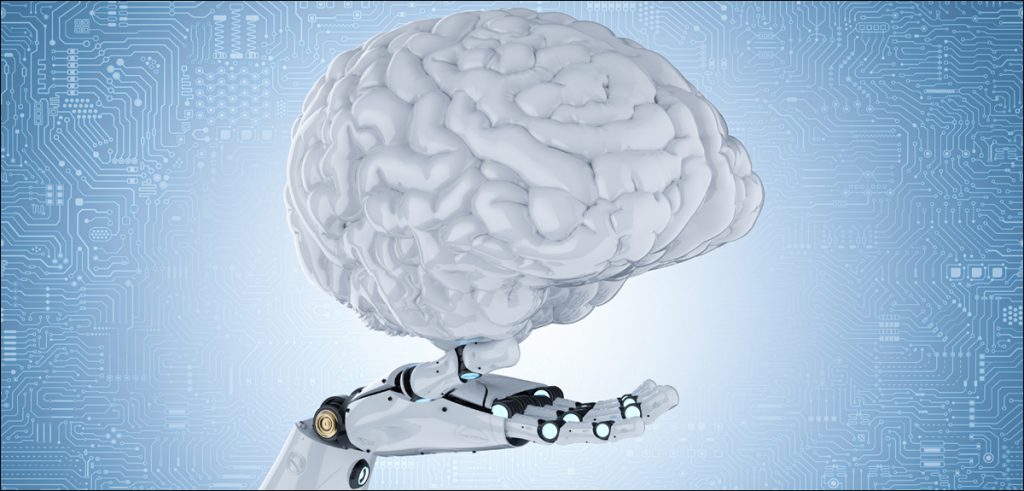



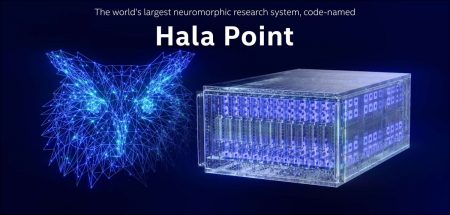

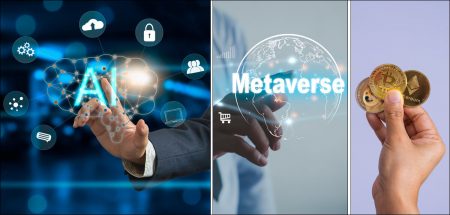
8 Comments
It raises some valid points. Part of the motivation behind the work my organization does is also to ensure that there are more women involved across the board in the health sector, so that the decisions and outputs are not suitable for the ‘reference man’ alone! https://www.womenlifthealth.org/
Hello to the community. I am super excited to have found the information here. Ive been poking around for this info all my life and I will be encouraging my besties to swing by. The other evening I was thumbing through the google searches trying to discover the answers to my staggering questions. Now I must be diligent to take it to the next level in whatever avenues I can. We are getting all worked out on the spiritual implications we are observing. Moreover, I just had to thank you from the bottom of my heart for such incredible information. This has propelled me out of an old rut. Many superb knowings are coming into my world. Its really a super place to make new ideas available. I must make mention that I am studying.
I’m extremely pleased to discover this page. I need
to to thank you for your time just for this wonderful read!!
I definitely appreciated every little bit of it and i also have you book-marked to see
new stuff on your website.
Regards! My name is Davin and I’m happy to be at sify.com.
Great Article!
Great Article!
Nice Article!
Thanks for the post